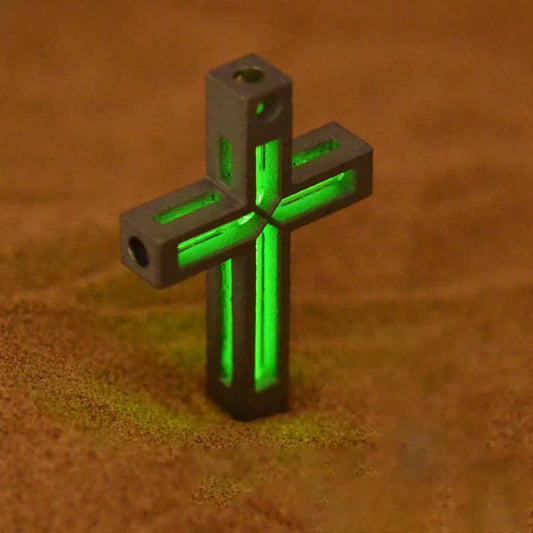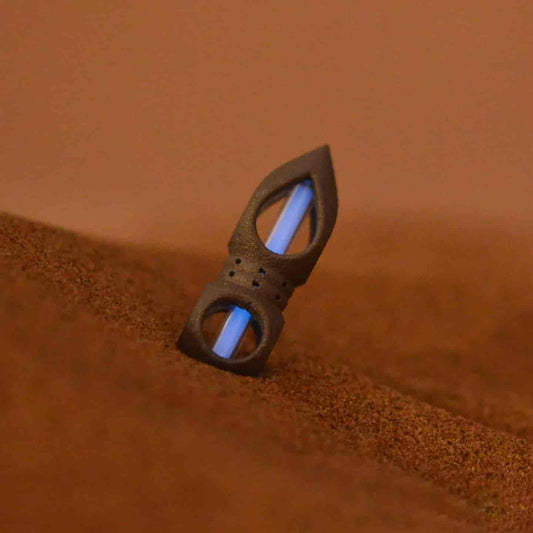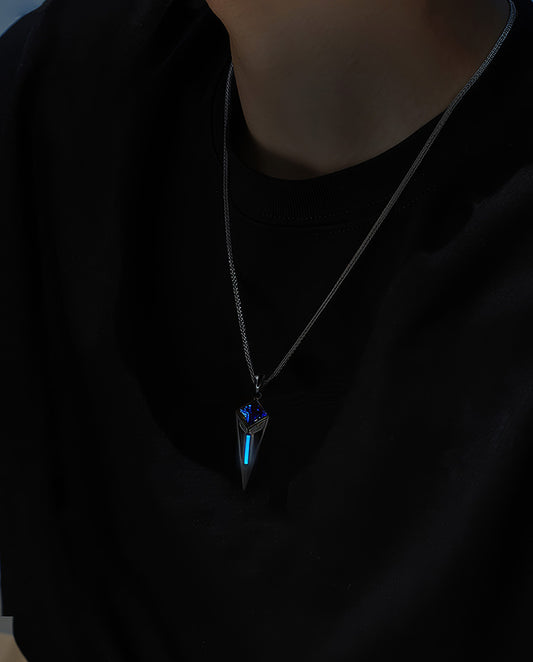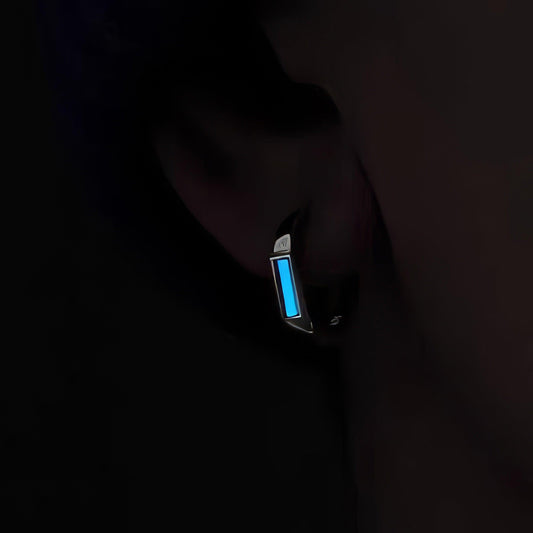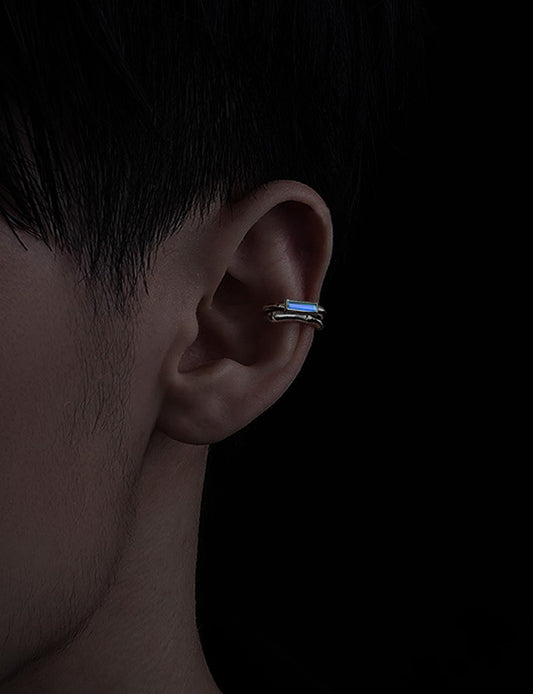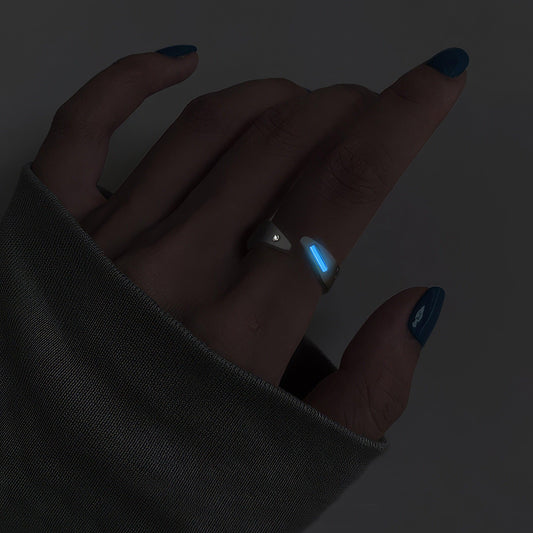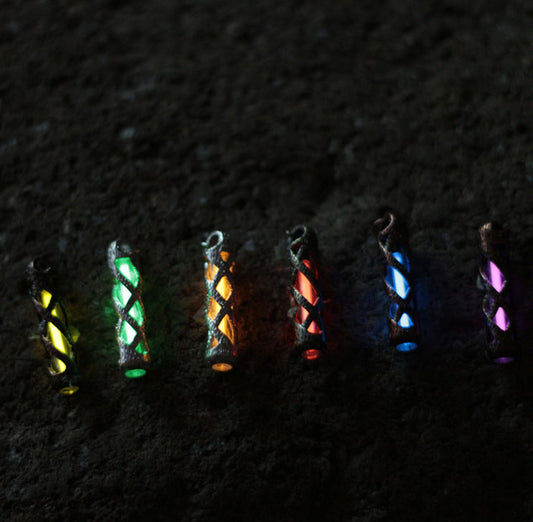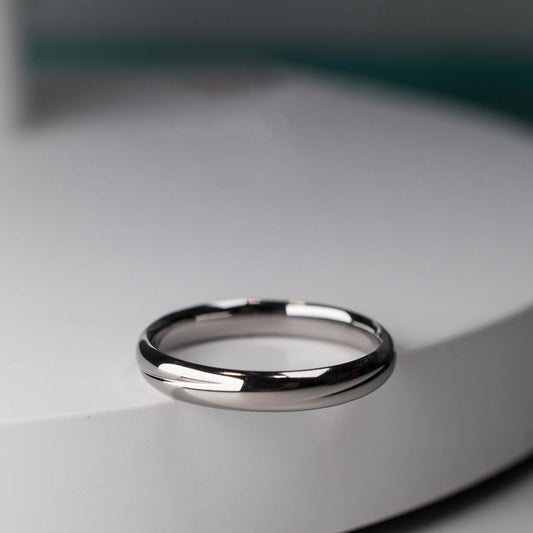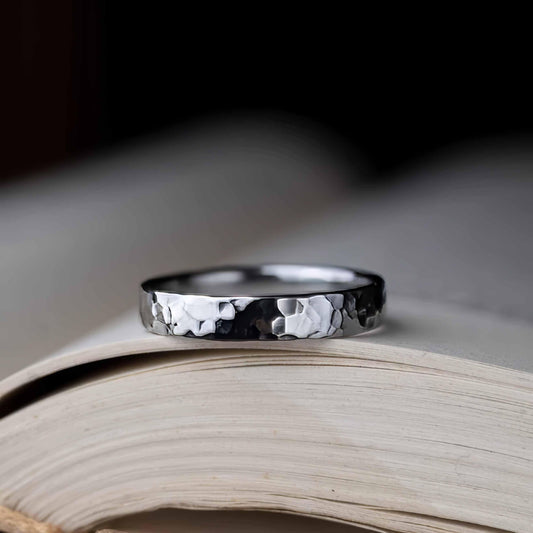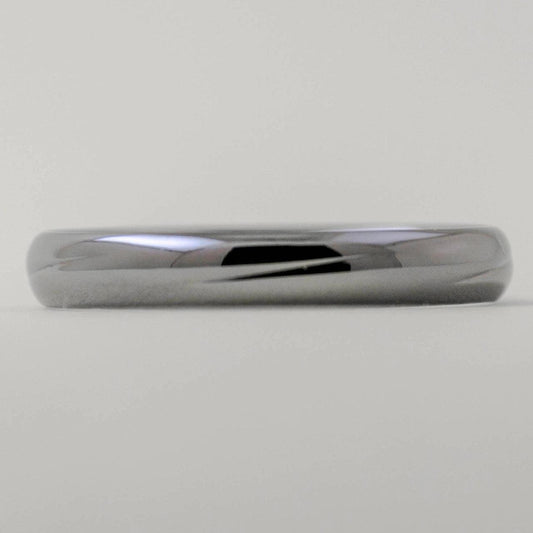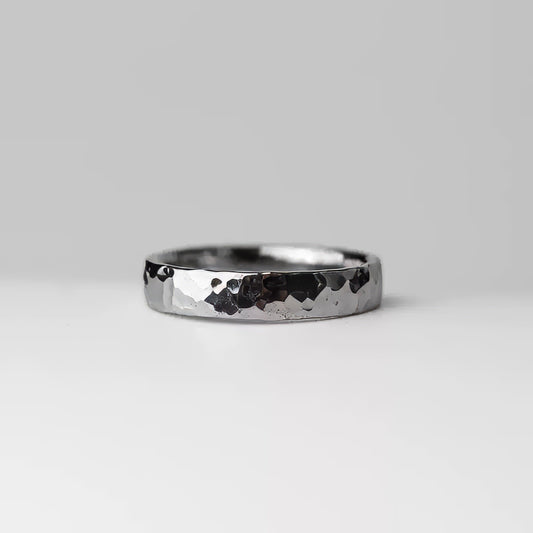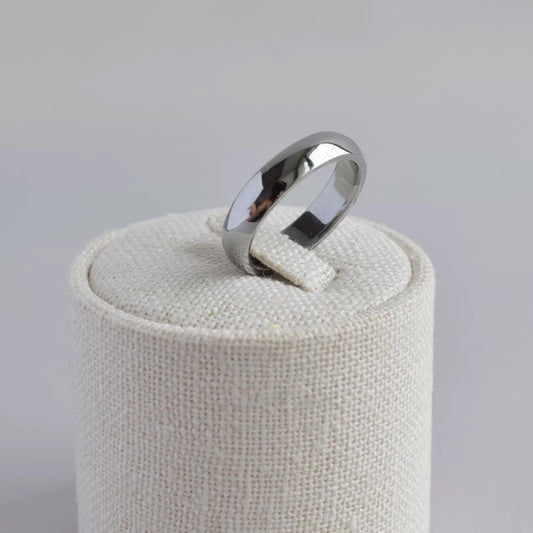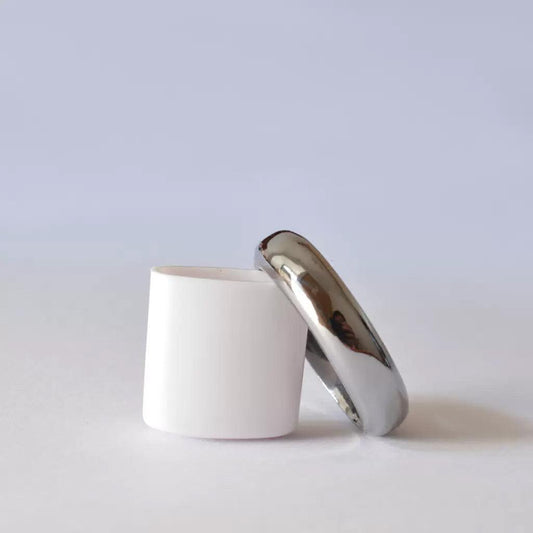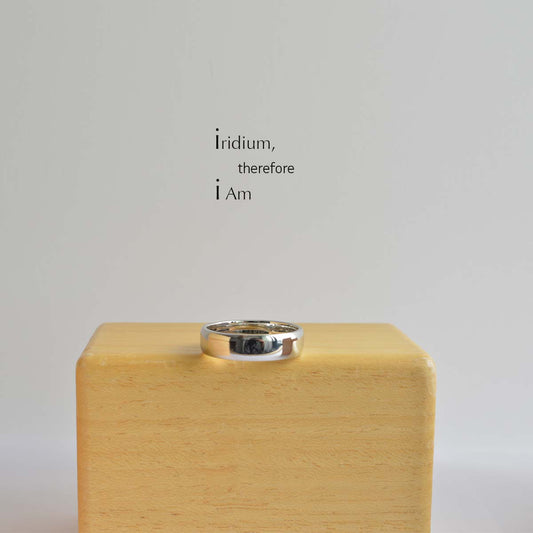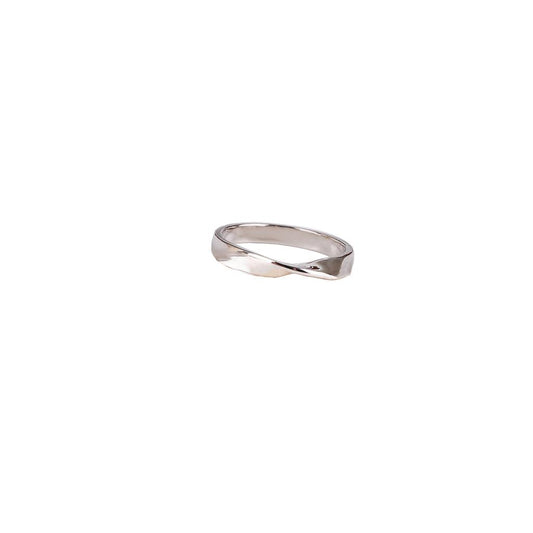Understanding Mohs Scale More Than Just Numbers
Understanding Mohs Scale More Than Just Numbers
When Han first handed me that piece of quartz, I was only half listening. We were in the middle of an Arizona desert hike, and I was distracted by thinking about how on earth this was supposed to be fun. The air was dry and heavy, and a faint scent of sage lingered in the breeze. "Here," she said emphatically, pushing the rock into my palm. I half-heartedly turned it over, squinting at the dusty lines, until she mentioned something that got my attention: the Mohs Scale.
The Mohs Scale of Mineral Hardness is not something you toss around in casual conversation. Named after Friedrich Mohs, a German mineralogist, it's been around since 1812. This scale helps us understand how hard different minerals are by comparing them against one another. It’s almost like a geological popularity contest, except instead of charisma, it’s sheer indestructibility that earns you the top spot. Talc, for example, sits at the very bottom of the scale, easily scratched by just about anything. Meanwhile, diamonds shine at the top, unrivaled and unscratchable by anything other than another diamond.
This information may seem somewhat detached from everyday life unless your pursuits include mining or maybe jewelry design. Yet, it's surprising how often the Mohs scale sneaks into our daily existence. Ever wondered why your kitchen counter holds up to scratches from knives but makes your wine glass shatter with a mere clink? It's all in the hardness dance. Granite, a common countertop material, ranks between a 6 and 7 on the scale, making it pretty resistant against many household assaults.
Reflecting on Han's enthusiasm for rocks and minerals, I realized there was something to learn here. Perhaps it was the dedication to understanding something as seemingly mundane as a rock that struck me most. Minerals, after all, are the bones of our planet. They hold stories of pressure and time, moments captured in their crystalline forms that can teach us about the world’s history and, interestingly enough, about resilience.
On another level, the Mohs scale acts as a metaphor for life's little challenges. Like minerals, people sometimes face pressures that test our hardness, scratching at the surface to see how we hold up. I thought about this as we continued our hike. Some folks might be diamonds, seemingly impervious, but most are a mix of everything in between. It's what makes the world interesting.
So, next time you’re handling that pretty amethyst necklace or admiring a piece of granite, maybe take a moment to wonder about its story, its journey through the scale. And just maybe, you might start to notice the small, geological wonders in the rocks you pass by, or, like me, get sidetracked during a desert hike thinking about life's hardness lessons.
